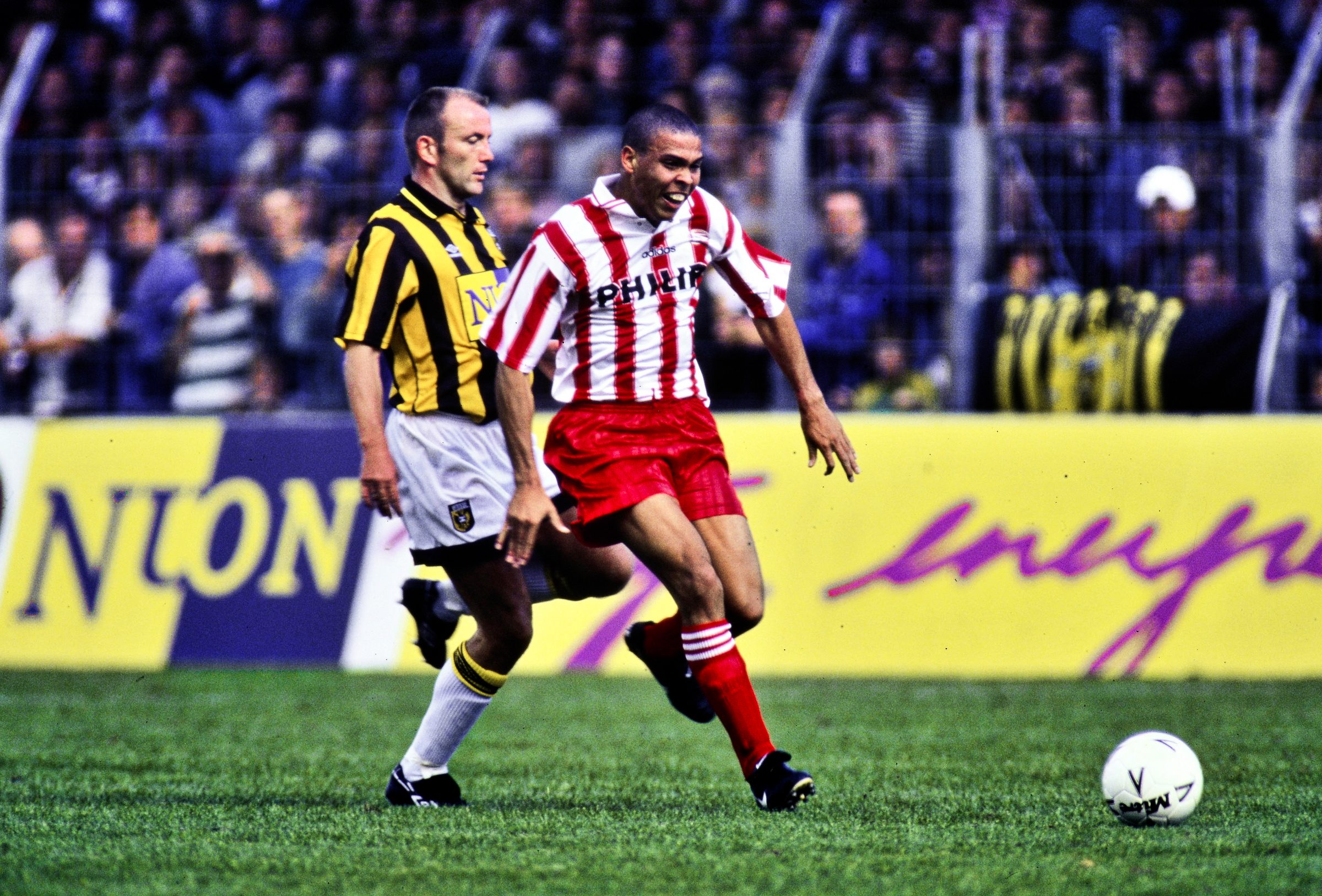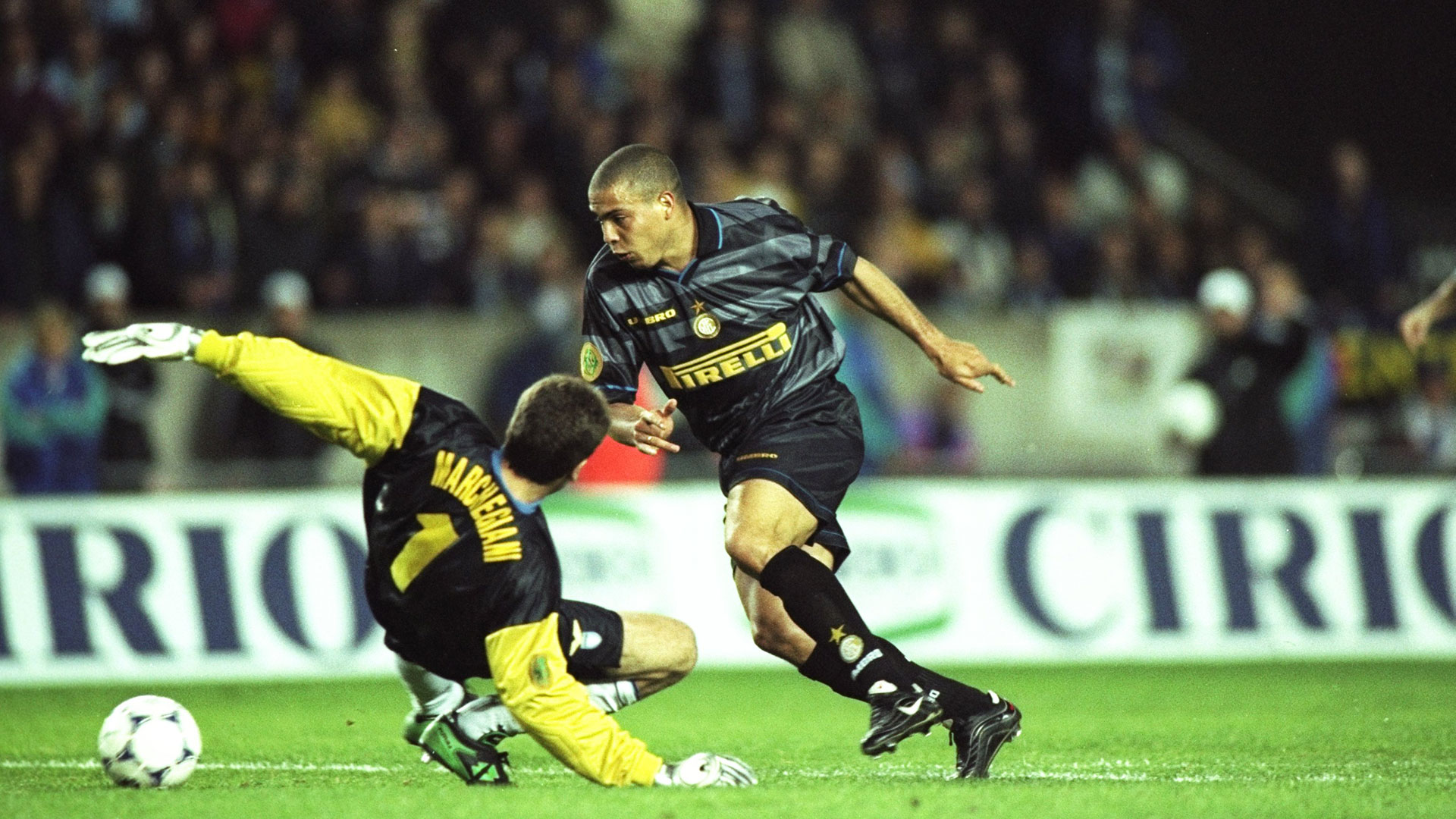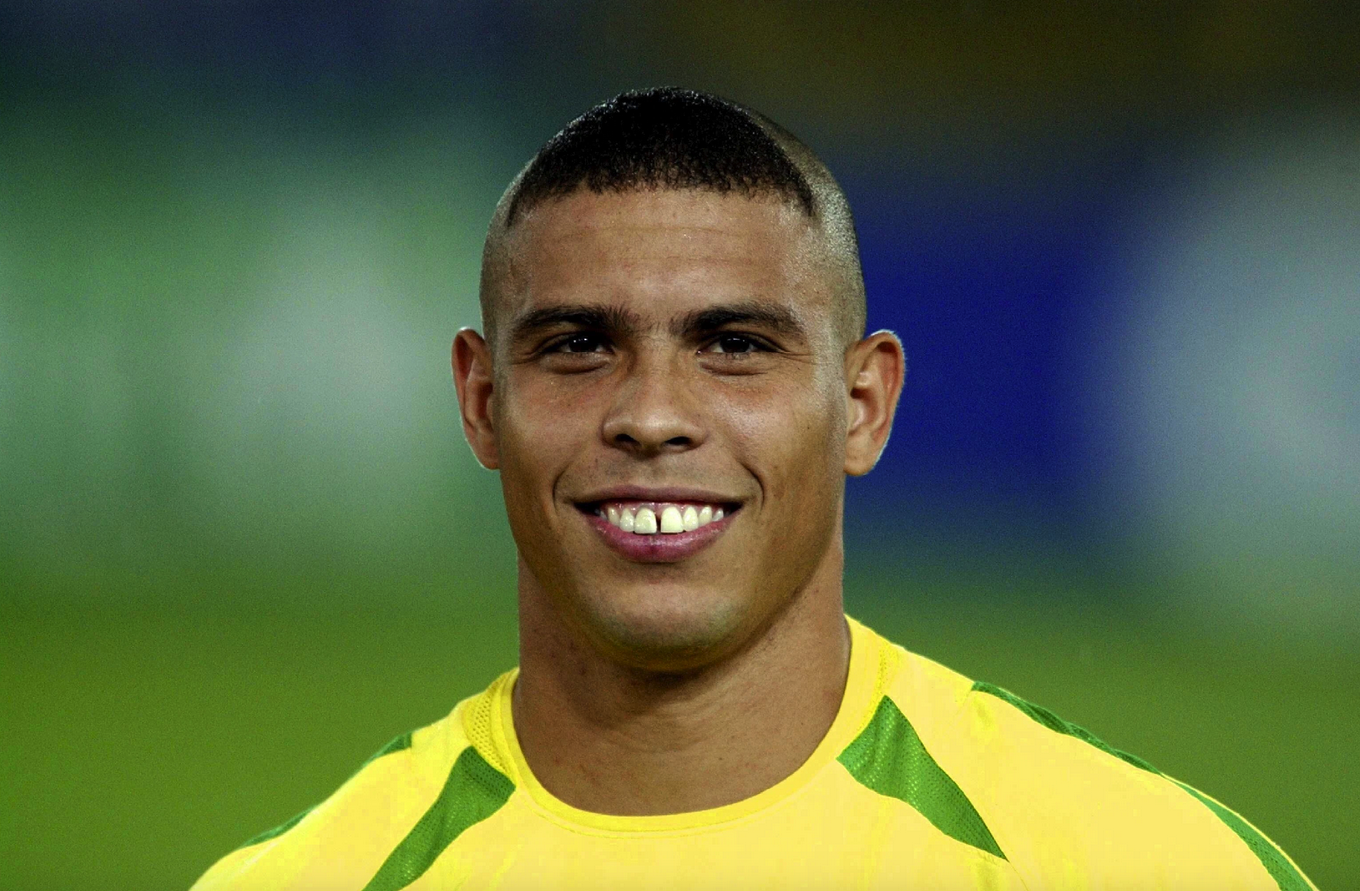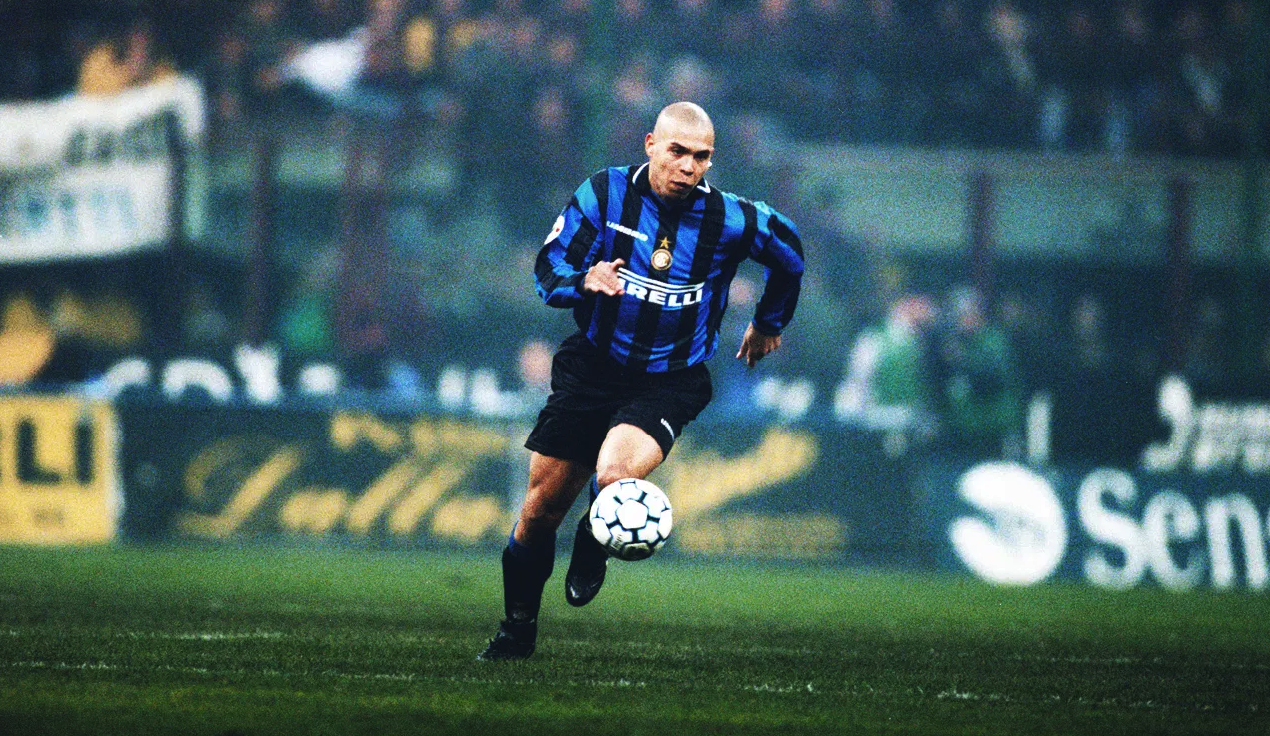September 22, 1976, is a day that means a lot to Brazil, to Inter fans, and to the whole world of football: That’s the day when, in Rio de Janeiro, one of the best players ever was born – Ronaldo Luis Nazario de Lima, better known on the world football stage simply as Ronaldo. The first Ronaldo, and for many the only one.
His career started in the Sao Cristovao youth academy where he quickly showed that his skills were way above the average. After two years, he moved to Cruzeiro thanks to former Brazil star Jairzinho’s intercession. He didn’t even have the time to meet his youth club peers as the senior team promptly swooped and “stole” him. They did so with a good reason: At the end of the championship, Ronaldo would close his maiden season with 12 goals out of 14 games.
Meanwhile, he had also made his debut with the Brazil U-17 selection, scoring 22 out of 22.
Many European clubs had already set their eyes on him. And so, in 1994, PSV Eindhoven brought him to the Dutch Eredivisie. The two years he spent in the Netherlands were a true Ronaldo show. The 42 goals he scored out of 46 appearances do not fully convey the idea of what kind of player Holland were witnessing. Those goals were a perfect blend of power, an extraordinary speed, and a deadly scoring instinct mixed to first-rate execution.

Ronaldo’s next move to Catalunya was a turning point in his career. Barcelona signed him on a record transfer fee of $19.5M. Those were money well spent, however, as in one year the Blaugrana won a Spanish SuperCup, a Copa del Rey, and a Cup Winners Cup.
But such trophies don’t paint a full picture of the so-called Fenomeno’s experience in Spain and his impressive season at Barcelona imperatively calls for more details. Ronaldo tallied 34 goals out of 37 appearances and some of those were simply legendary.
In an October 12 match against Compostela, Ronaldo showed what it truly means to be an all-around striker. He won a tackle in midfield, he fell, but stood up. He was grabbed by his shirt but still managed to run away, dashing with the ball on his foot. He dribbled past two players and entered the opposition area. Then, he turned inward and disposed of two more opponents with a double feint, before finishing with a sharp shot to the near post. All this at the end of a 50-meter run.

With Valencia, he literally seemed to disappear as he jumped past two defenders after removing the ball from their sight. His subsequent shot to the far post left no chance to the goalkeeper.
In a game with Deportivo La Coruna, Ronaldo was on the ground after a tackle, in a seemingly-harmless position. But, when he saw the ball bouncing next to him, he promptly stood up and galloped towards the goal to score yet another one.
It is during Ronaldo’s season in Barcelona that football lovers worldwide truly realized they were facing one of the best strikers ever. The Fenomeno was an authentic nightmare for defenders, it was like chasing a cheetah dancing with a ball.
At the end of that season, Inter president Massimo Moratti decided to give himself – as well as the Nerazzurri supporters – a present. Actually, that would be a gift to the whole of Italy as Serie A supporters could get the chance to witness Ronaldo playing. On June 20, 1997, Inter paid Barcelona a $27M buyout clause to secure the services of the Fenomeno.
The image of Ronaldo waving at his new supporters from the Inter headquarter balcony in Milan sealed the beginning of a unique love story between him and the Nerazzurri faithful. Indeed, Ronaldo’s first season at Inter picked up from where he’d left at Barcelona: He was still unstoppable.
He managed to score 34 goals out of 47 seasonal appearances in what was then the most difficult league in the world and against the toughest defenders in the game. His dribbling skills, his lightning-quick change of pace had not been seen in Italy since the days of Diego Armando Maradona.
It was his definite consecration and a sign that football was shifting into a higher gear.
At Inter, the Fenomeno narrowly missed the Scudetto but won the UEFA Cup at the first try. There is a memorable image from the UEFA Cup Final, taken from behind the goal, showing Lazio’s goalkeeper Luca Marchegiani diving in one direction, and Ronaldo dancing towards the other as he prepared to put the ball past him. Pure Ronaldo-style dribbling, which would end – of course – with the Brazilian finding the back of the net.

In 1998, Ronaldo was denied the joy of winning the World Cup with Brazil. The day before the Final, he reportedly had a convulsion that prevented him to be at his best in the last game. Brazil badly lost to France.
Ronaldo would eventually suffer two serious knee injuries that kept him out of the pitch for almost two seasons – a painful situation not only for him and for Inter, but for any football lover as they were all prevented from seeing his magic for two years.
Was his career over, then? For a normal player, maybe, that would have been it. But not for an extra-terrestrial.
The Fenomeno still managed to bounce back and, in 2002, he redeemed himself with Brazil and led the Selecao to win the World Cup – becoming the competition top-scorer in the process. After that, Ronaldo left Inter and moved to Real Madrid, where he kept winning and scoring.
Ronaldo didn’t have the same speed and that lightning-fast acceleration anymore. And still, it is right in the post-injury period that he managed to reach some of his best achievements. He won his second Ballon d’Or (the first had come from his Barcelona season) and concluded his Real Madrid experience with 83 goals out of 127 caps.

After a short stint with Milan – which risked ruining his relationship with Massimo Moratti and the Inter supporters – Ronaldo came back to Brazil to close his career at Corinthians.
Those who have seen the Fenomeno play on a football pitch cannot but miss him nowadays. It won’t be easy to see someone like him again. All we can do is looking at those old tapes and pictures and remember an era when football was different but true champions were more unique.

